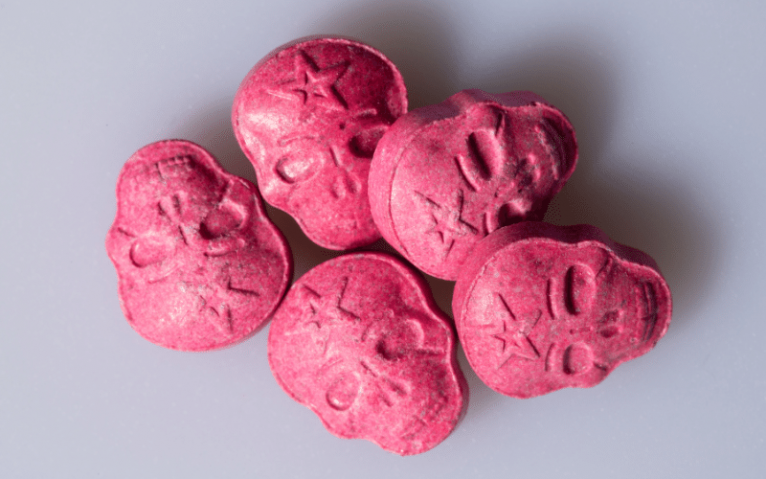Because ecstasy refers primarily to the pill form of MDMA, ecstasy addiction facts and statistics are often hard to decipher. MDMA and ecstasy addiction facts are frequently thrown around together. For that matter, MDMA and ecstasy addiction statistics are lumped together.
Because of this, it’s often hard to get a clear picture of the true scope of ecstasy abuse and addiction. Just what do all those numbers mean?
Learn accurate statistics and facts about ecstasy addiction below!
Ecstasy Addiction Facts
Find five ecstasy addiction facts below:
• Ecstasy is commonly sold as a loosely pressed pill. Popular logos on these pills include Mitsubishi, Nike, McDonald’s, the devil, stars, and hearts.
• Experiments show that animals self-administer ecstasy. However, they self-administer ecstasy less frequently than cocaine or opiates.
• In 2010, numerous large-scale ecstasy labs were shut down. In Australia, there were seventeen labs shut down. In Canada, there were thirteen labs shut down. In Indonesia, there were twelve labs shut down. Finally, there was one lab shut down in Malaysia.
• The main precursor to ecstasy is safrole-rich oil. In 2009, over fourteen tons of this oil was seized in Cambodia.
• The street price of ecstasy ranges from five to twenty dollars per pill, depending on purity and the amount being bought.
Ecstasy Addiction Statistics
Find five ecstasy addiction statistics below:
• In 2009, two and a half million people reported abusing ecstasy.
• In 2010, the National Institute on Drug Abuse reported that 2.4% of eighth-graders used ecstasy at least once.
• In 2010, NIDA also reported that 4.7% of high school sophomores and 4.5% of seniors used ecstasy at least once.
• In 2011, 922,000 people reporting abusing ecstasy.
• In 2012, the National Survey on Drug Use and Health reported over 600,000 people had abused ecstasy in the prior month. This is in stark contrast to the declining figures of ecstasy abuse during the late ’00s.
What Do These Ecstasy Addiction Facts and Statistics Mean For You?
So, what do these statistics and facts about ecstasy addiction mean? Well, they show that ecstasy abuse and addiction are, once again, on the upswing.
During the late 2000s, ecstasy abuse tapered off. In fact, MDMA abuse altogether declined. However, after looking at these recent statistics and facts about ecstasy addiction, it appears we’re facing a resurgence.
Why is ecstasy again becoming popular? It could be that as the American economy recovers, people are once again looking for the “happy” high ecstasy produces. It could be that the precursor to ecstasy is again readily available, leading to higher levels of production. It could be a thousand factors, really.
Whatever the cause of ecstasy’s popularity, one fact remains – ecstasy addiction requires treatment! The good news is there are many treatment centers specializing in ecstasy addiction and recovery.









